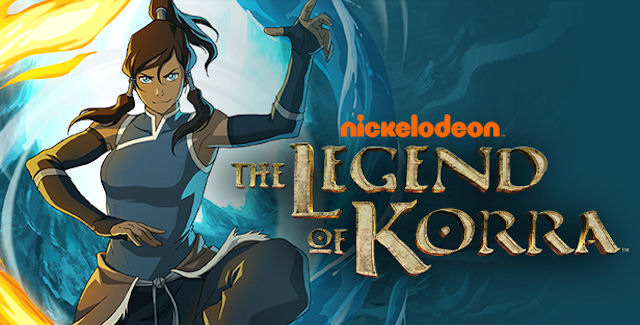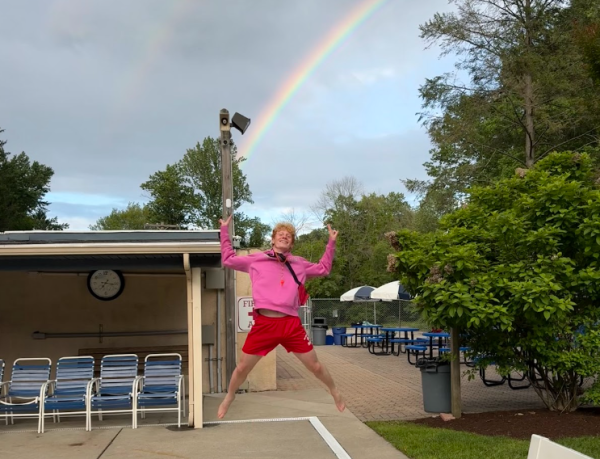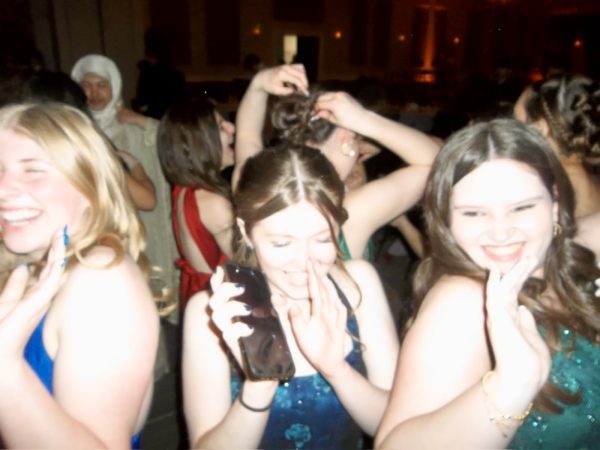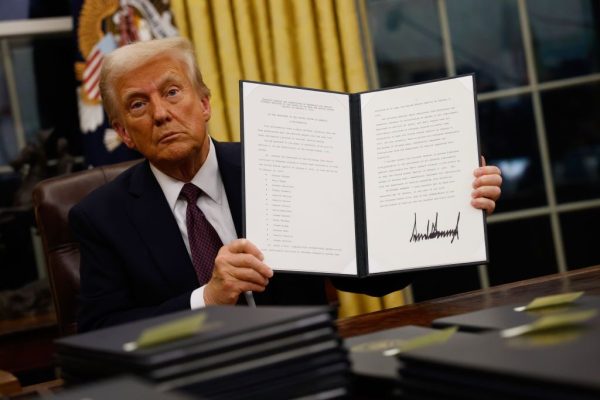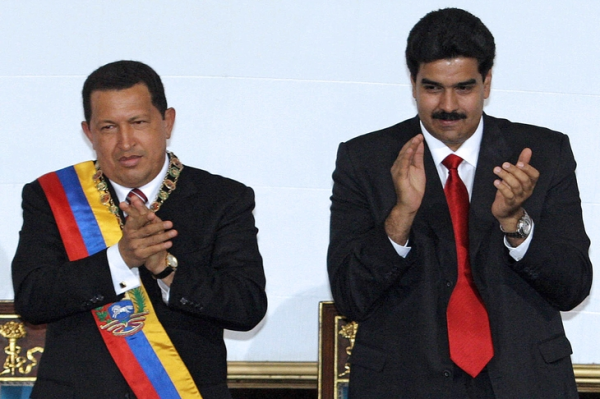Why “The Legend of Korra” should be considered a legend
In a year that has seen big-name television programs How I Met Your Mother and The Colbert Report end their popular runs, last Friday (December 19th) saw the epic culmination of an equally legen––wait for it!––dary series: Nickelodeon’s The Legend of Korra.
For those unfamiliar with the work, The Legend of Korra is the sequel series to the now famous children’s show, Avatar: The Last Airbender. Taking place in a world where a select number of people can “bend” the four elements––air, water, earth, and fire––Korra follows the adventures and maturation of eponymous Avatar Korra, a late teens/early twenties heroine capable of bending all four of the elements. She thus inherits the traditional role as “the Avatar,” peacekeeper and spiritual leader of an often tumultuous world. Furthermore, she is the latest reincarnation of beloved Avatar Aang, the so-called “Last Airbender” of the original series, created by Bryan Konietzko and Michael DiMartino. (I could go on and on, but I would rather the reader experience it for themselves.)
Both The Last Airbender and Korra are critically acclaimed for addressing weighty philosophical and moral issues, including terrorism, the sanctity of a human life, forms of government, discrimination, and even sexual orientation. Thus the label of “children’s show” is often considered a misnomer.
In spite of Korra’s very positive reception, the show was taken off Nickelodeon’s air time this summer and instead moved to its website for viewing every Friday afternoon; what followed was a rapid release of the final two seasons in a course of about six months, compared to the first two seasons, which were released over a period of more than eighteen months (and on television).
This rapid change was in part due to a hacking scandal that led to mismanaged distribution on Nickelodeon’s part. However, most speculation about the show’s online era relates to it having “pushed the envelope” too far for Nickelodeon’s taste. For instance, in the final season, one can draw parallels between an atomic bomb and a weapon used repeatedly on the program. (Said weapon is used to attempt the creation of a fascist empire as well.)
In Nickelodeon’s defense, it continued releasing episodes of Korra. What appalled me personally was the lack of coverage by major news networks of the finale––the same news networks that fawned over How I Met Your Mother and The Colbert Report upon their respective conclusions for days, even weeks. They simply ignored the historic and perhaps radical ending to what the media deems to be a “children’s show.” I dare not reveal the ending here, as it became controversial in its ambiguity and is somewhat important to the work as a whole. Take my word for it, though: it is unprecedented in the annals of popular children’s media.
It just seems that America as a whole has succumbed to the drug-, violence-, and sex-obsessed programming available on the major television networks of our day and regrettably takes no notice of inspired and meaningful works that come short of these modern standards of drugs, violence, and sex.
The innocence and thematic deliberateness of The Legend of Korra is what makes it so foreign and yet so good. It is nice to see for a change a show that can make viewers question and reinvent their morality while at the same time staying ingenuously honest and loving. I refuse to see such a work of art as this one hindered in its attempt to reach its deserved place as one of the best television programs ever.



